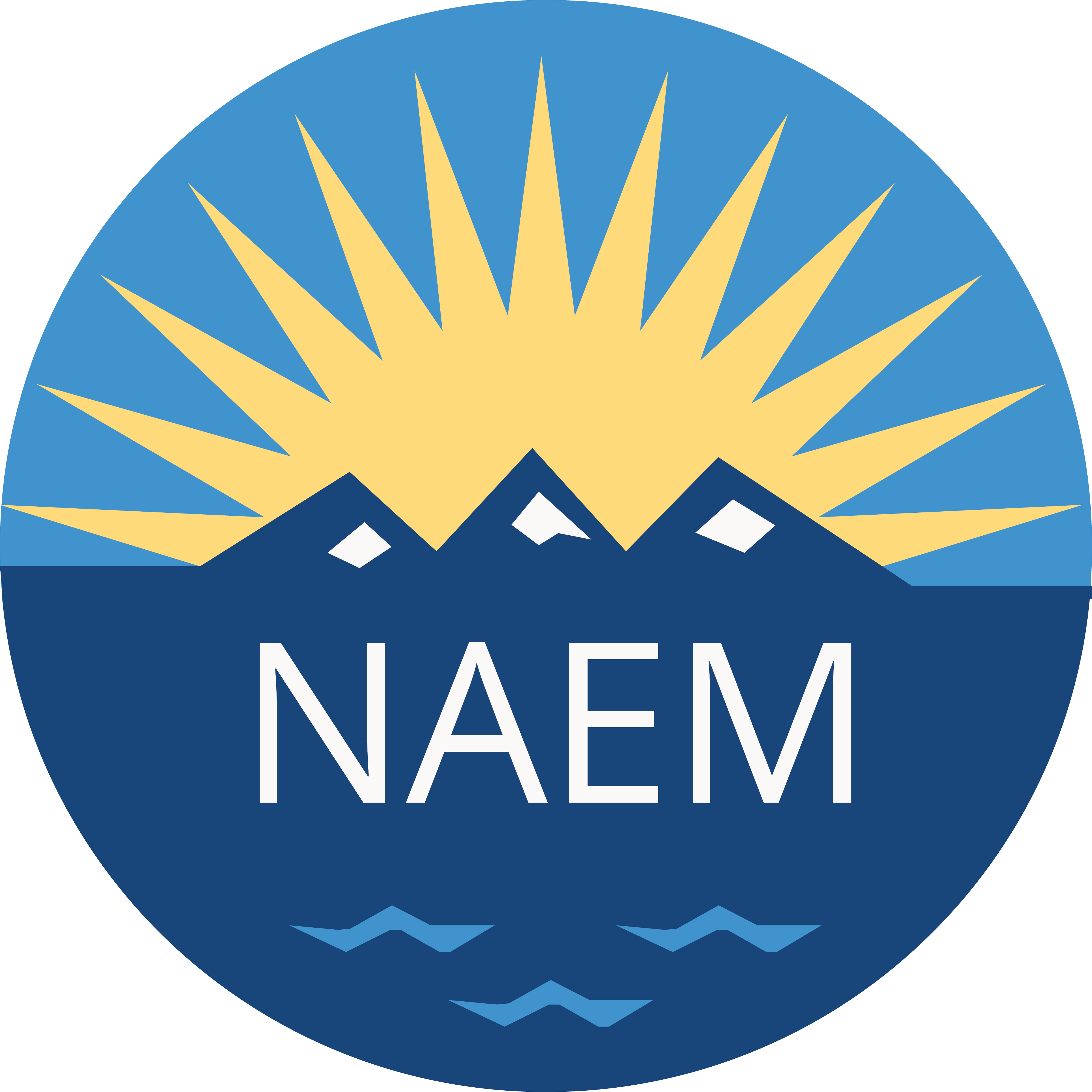Navigating a Career in EHS
NAEM’s forthcoming research report EHS & Sustainability Career Profiles and Skills for Success, which includes both quantitative analysis and qualitative interviews with longtime Environmental, Health and Safety professionals, has revealed an overwhelming truth:
There is no such thing as a typical EHS career path.
“It touches on so many disciplines,” said Kelvin Roth, director of corporate environmental health & safety at CF Industries. “If you look at the background, you have people who approach it from the E, from the H, from the S. People approach it from a communications standpoint, the managerial standpoint…”
The NAEM study, composed of nearly 500 interviews from employees of more than 300, provides an in-depth analysis of the responsibilities and core competencies inherent in each ‘stage’ of one’s EHS career.
“Technical knowledge, business acumen and interpersonal skills are the three core aspects of an EHS professional’s skill set,” the report states. As careers progress, however, each are applied in different manners, and skills needed may extend outside of those required for the primary function of the role.
Kristin Morico, Global Leader of Environmental Programs for General Electric (GE), has spent 13 years of her three-decade career in an executive role. She’s applied each of the aforementioned core competencies over the course of her work.
“Thirty years ago when I first came to be a young engineer, computers were coming into vogue. We had one computer station for 10 engineers, she said. “It’s been very important to keep up with that type of technology.”
As she’s moved into leadership positions, she said, the continued acquisition of functional skills has been necessary, while she’s also needed to acquire more intangible attributes such as approachability, a sense of humor, and communications skills.
According to the NAEM study, years of experience affect how an EHS professional will use his skills. Early career workers are more likely to focus on task-based work requiring updated technical knowledge, whereas employees in a mid-career position (6-15 years) are tasked with more management responsibilities. By comparison, those in the “experienced decision makers” category (21+ years) focus on organizational strategy, including risk management, company design and succession planning.
Roth noted, however, that a multi-decade career in EHS does not necessarily lead to one taking on the role of decision maker. Some, he said, will indeed progress to a management track, while others remain on a technical track, their career growth dependent on an increase of hard skills.
“There’s a fork that exists whether or not people acknowledge it,” he said. “Sometimes companies force people into one track or another, and it’s not necessarily the best one. Companies are often the source of that problem, because they’ve never thought creatively about how can we keep this person for the wonderful qualities they have.”
EHS professionals often face the challenge of being interdisciplinary employees. They collaborate across different departments, however, without a singular departmental focus, the ability to have effective influence becomes a challenge for those below an upper management level.
Leaders like Roth and Morico who are invested their employees’ future and consider the growth potential of new hires can have a major impact on the career trajectory of current incoming and mid-level EHS professionals.
“We look for people who have the technical skills for the role we’re hiring for, and the potential for other roles beyond what you’re hiring them to do,” Roth said. “…We want people to leave their roles, but internally, not externally. We want people to grow professionally, but inside the company, not outside the company.”
The most valuable attribute an employee can have, he said, is a passion for the work. Which, indeed, might be the most consistent mark of a good EHS worker with strong growth potential, however growth might be defined in any particular situation.
While a typical EHS career trajectory might not exist, i.e. one would be hard pressed to chart it on a graph, those with an interest in progressing to a leadership position must possess technical know-how, creative mindset, and a desire for both personal and company growth.
“When I look back on my career and mentoring,” Morico said. “I always tell mentees to have a thirst to learn.”
Early in her career, she operated pilot plants for potable water.
“That was incredibly valuable experience that I use to this day. In the absence of knowing how a treatment plant works, I wouldn’t be able to provide advice about how to upgrade treatment plants. It’s incredibly valuable to roll up the sleeves and get into it. You’ll reflect back and at the time you might think it’s grunt work, but you’ll be very happy to know it was valuable at the time.”
For more information about the report, contact: Evan Hart, evan@naem.org



